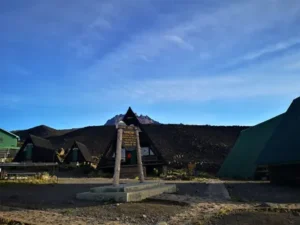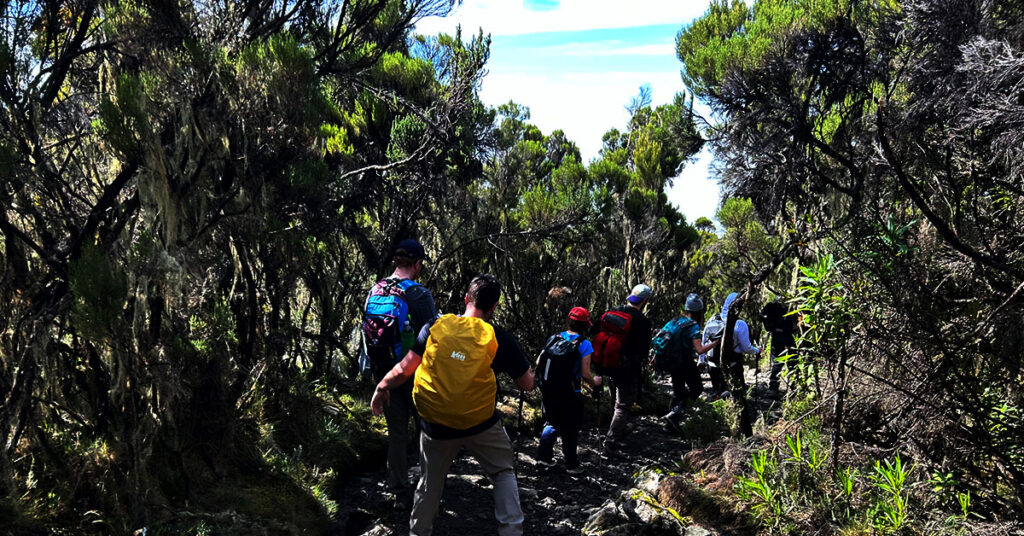
Marangu Route: Hut-Based Kilimanjaro Trek
Table of Contents Marangu Route on Kilimanjaro: Hut-Based Kilimanjaro Trek Why Choose the Marangu Route? The Marangu Route is one of the most historic and

You’ll need to stay focused to avoid slips and strain.


Table of Contents Marangu Route on Kilimanjaro: Hut-Based Kilimanjaro Trek Why Choose the Marangu Route? The Marangu Route is one of the most historic and

Table of Contents Kilimanjaro vs Mount Meru: Which Trek Should You Choose? If you’re planning a mountain adventure in Tanzania, two peaks often come

Table of Contents Top Mount Kilimanjaro Trekking Routes | Kili Quests Climbing Mount Kilimanjaro is a dream for many, but your choice of route can
@2025 Kili Quests. All rights reserved.